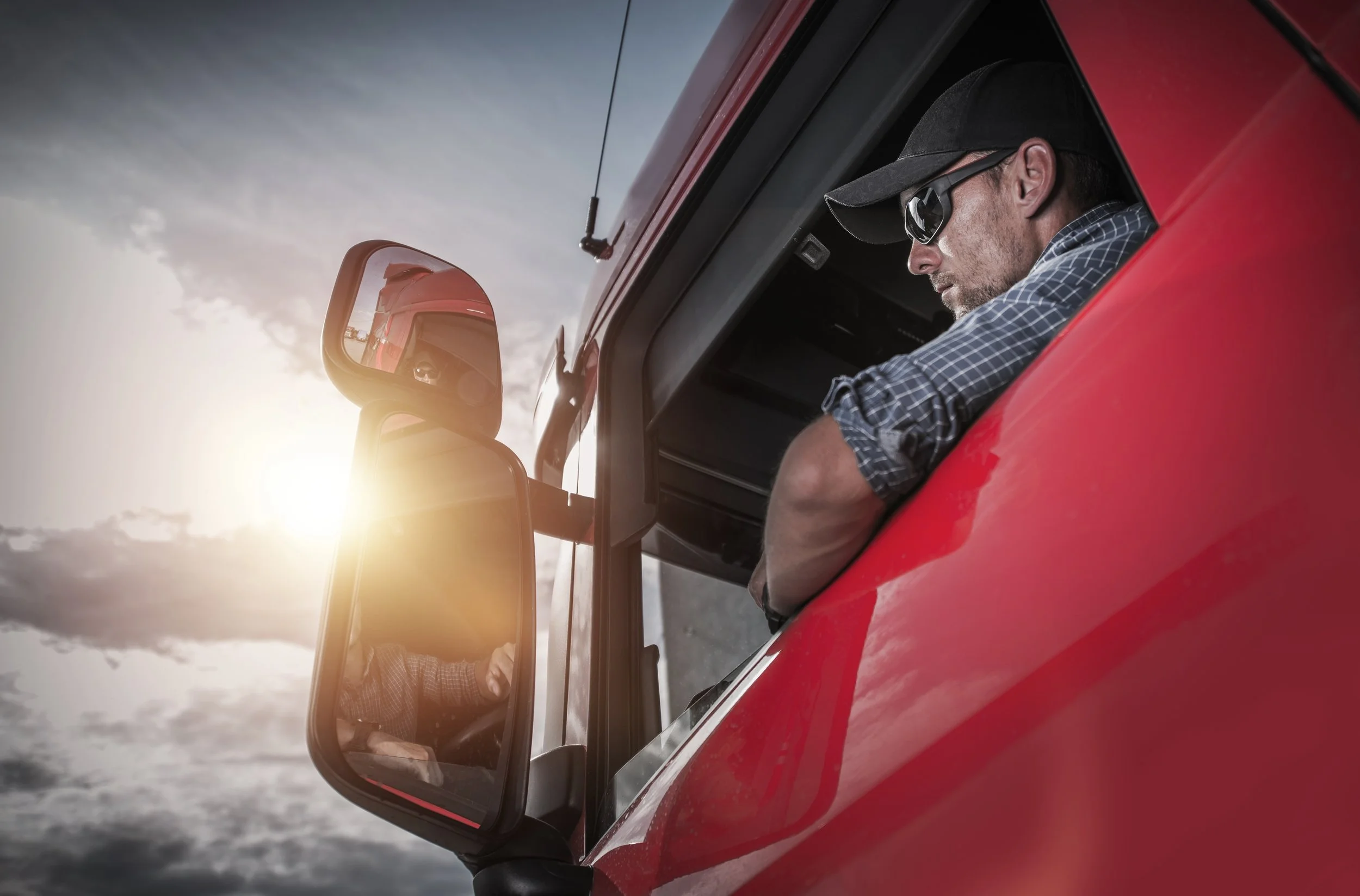Physical Damage Insurance Coverage, commonly known as Comprehensive and Collision, in its basic form are the same coverages with most insurance carriers across the board. There are also enhancements to the basic coverage to meet the individual needs of the trucker. An example is “Trailer Interchange” coverage which extends coverage to non-owned trailers that are being pulled by you and that require Physical Damage coverage per your contract with the shipper. Normally this coverage addition to your policy is written for a specific amount of coverage, and will respond to damage to any non-owned trailer and does not require that the specific trailer be added to your policy.
The Physical Damage portion of the policy is normally written on specifically described equipment since this coverage is written on a “Scheduled Auto” form. It is important that you notify your agent if you change your equipment schedule in any way so that the replacement equipment is properly listed and therefore insured, and that the sold unit is removed from your policy. With most policy forms you have up to 30 days to notify the agent of any changes.
A Comprehensive or Collision loss is settled at Actual Cash Value or Cost of Repair, whichever is less, minus any deductible, also limited to the “Stated Amount” listed on your policy. A $1,000 deductible is most common. Actual Cash Value is defined as the true worth of the equipment at the time of loss, based upon similar equipment that has been sold on the open market, with the same model year and mileage that was on the vehicle in the case of a power unit.
“Stated Amount” coverage is now the most common form and is a limitation of coverage vs. a guaranteed amount of recovery in the event of a total loss. If the Actual Cash Value turns out to be less than the Stated Amount on your policy you will only recover the Actual Cash Value, so it is important to try and not over-insure by placing too high a value on the unit, thinking that you will be guaranteed that amount in a total loss. Conversely, if you under insure by not assigning an adequate amount of coverage as the Stated Amount, you may find yourself in a position with not enough coverage if there is a total loss. This seems to be an area of confusion by many insureds and it is the insurance industry’s responsibility to properly explain and educate the consumer as to how Stated Amount works.
Comprehensive coverage is defined as loss from any cause except: The covered vehicle’s collision with another object; or the covered vehicle’s overturn.
Collision coverage is defined as loss from collision with another object or overturn.
In all forms of insurance, whenever there is an exclusion in a policy, it is because that exact coverage is available under another form of coverage within the policy, or available in another type of policy altogether.
Comprehensive and Collision coverage is settled as close to “All Risk” as possible for anything that happens to the vehicle except: Nuclear, War, Racing, Wear and Tear, Freezing, Mechanical or Electrical breakdown, Road Damage to tires, and Certain property items.
Examples of covered Equipment of the vehicle include Refrigeration Equipment, Side Kits, Wet-line kits, tarps, Chains and Binders depending upon the insurance carrier and policy wording. Normally “Equipment” does not include CB’s, TV’s, Cell Phones, Computers, Electronic Equipment, GPS, except in some cases with some carriers, can be “bought back” using a special endorsement added to the policy.
For coverage of Tool Boxes, Clothing, Refrigerators, etc. you would use a “Personal Articles Floater” endorsement to your Personal Homeowners policy.
Towing coverage is normally included in the Physical Damage part of your policy with almost every carrier.

